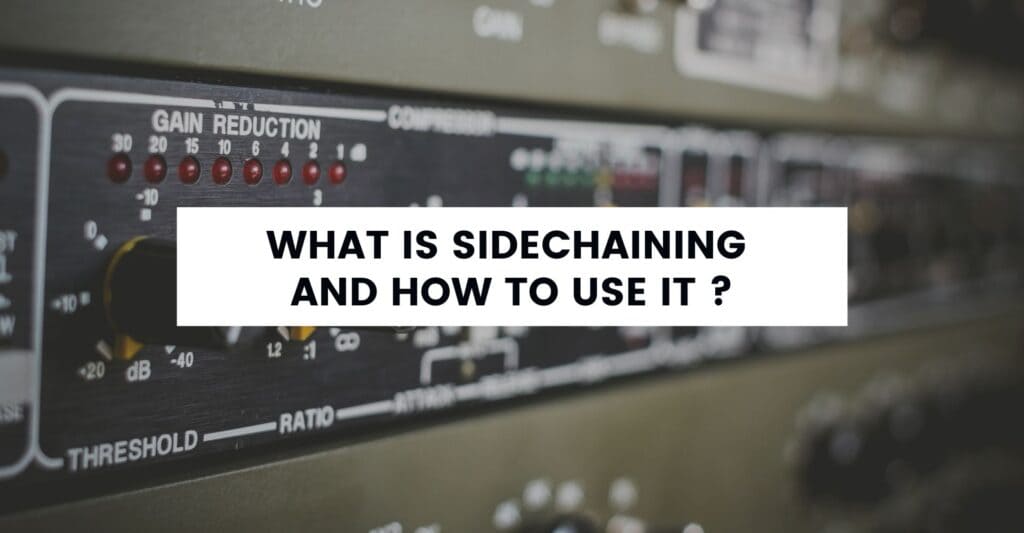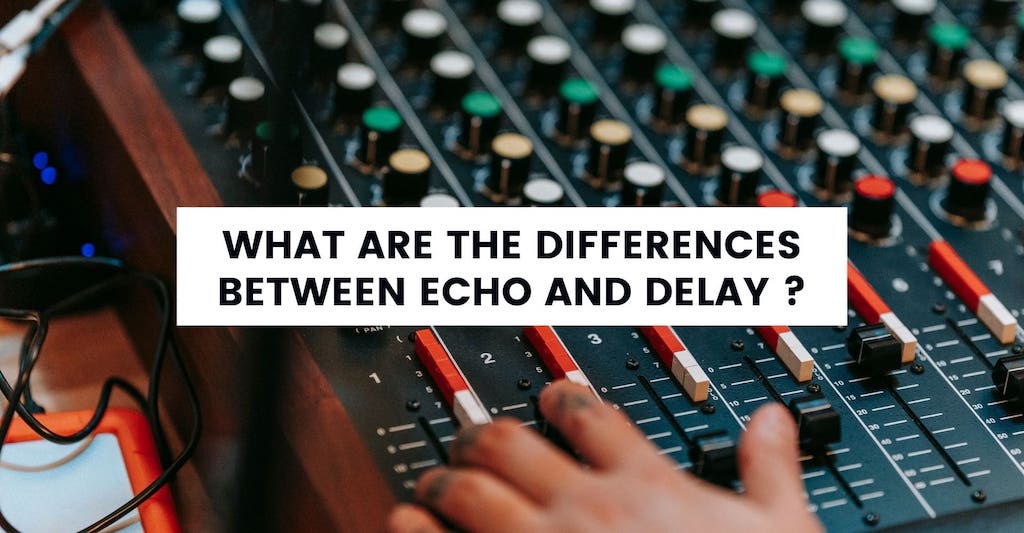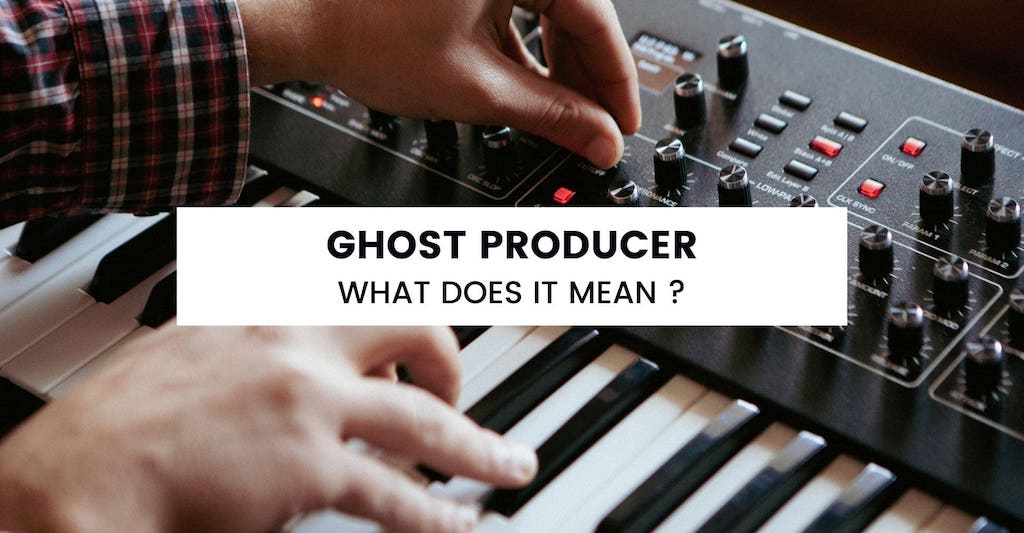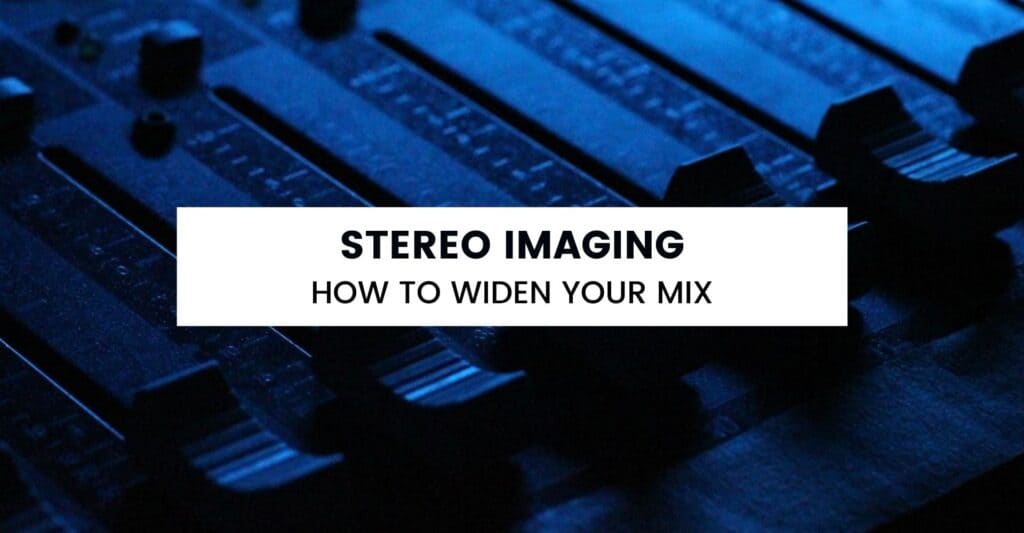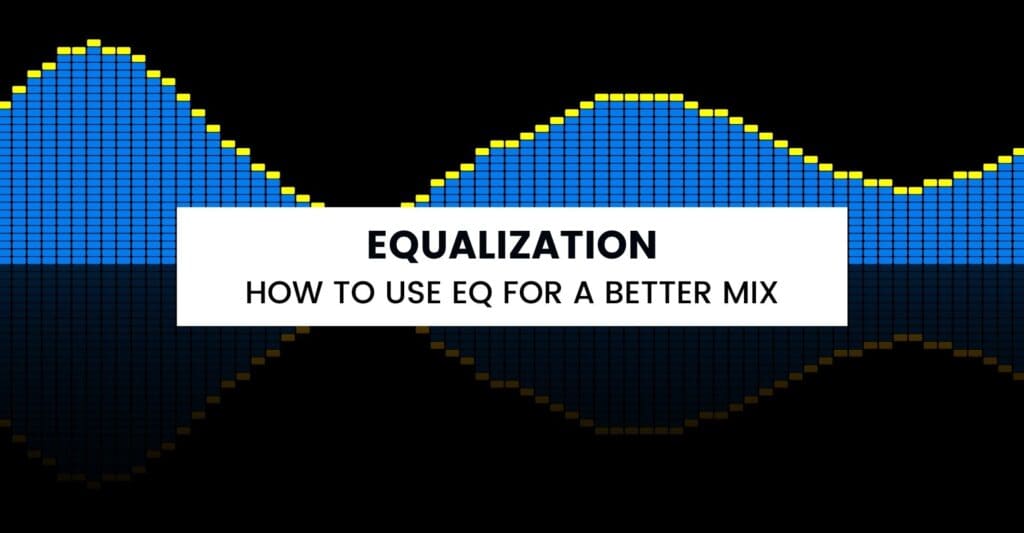
Equalization (EQ) allows you to adjust individual elements or frequencies of specific sounds. Since each instrument offers a fundamental note, your mix includes overtones that deliver timbre and character.
When you adjust these frequencies by cutting some or boosting others, the audio’s tone can change in interesting and dynamic ways.
Although you cannot change the sound of an instrument by EQ alone, you can make small changes that polish the hearing experience for each listener. That’s why knowing how to use EQ for a better mix can change the way everyone perceives your work.
Best approaches to use with EQ in your next mix
1. Remove the unwanted elements
When using EQ for a better mix, the first step is to remove the unwanted elements that cause your audio to sound muddy, disingenuous, or confused. Use a narrow band to remove the frequencies that cause problems for the composition surgically. You can do this by sweeping, using an EQ chart, or reducing the instrument’s energy.
2. Enhance the good stuff
After you’ve eliminated the unwanted frequencies, EQ can help your mix by letting you enhance what sounds fantastic.
When you listen to an instrument, sound, or vocal, try to think about the audio parts that sound the best. You might want to give a guitar more aggression, take some bass out of a singer’s voice, or push the upper mids a little to add some treble to this mix.
Although you cannot add new elements, this option lets you improve the tones from the recording phase to something closer to what you envisioned.
3. Start making things sound different
Great mixes offer depth and character at multiple levels to engage the listener. One of the best ways to add this element to your work is to start making some tracks and sounds different from what you’d expect them to be when recorded.
A typical example of this technique is a filtering process for a vocal that takes the high and low end away. When what you have left is in the middle, it sounds like a voice speaking over the telephone.
You can make things sound as weird as you want with EQ to experiment with different shapes, waves, and more. Just be careful not to overdo it. This option works better when it gets incorporated into sections or individual phrases.
4. Add some space to the mix
Range allocation allows EQ to put some more space into the mix so that it can breathe. That means you won’t be put into the position of boosting dual components of the same frequency. Once one gets allocated to a specific part, the other tracks with a similar range get cut to avoid muddiness.
EQ is helpful to create a better mix, but you cannot rely on it alone to shape your tone. Prioritize the cuts to remove the unwanted frequencies, use boosts strategically, and avoid applying it solo to generate the best results. You can also mix in mono to prevent phase issues.

